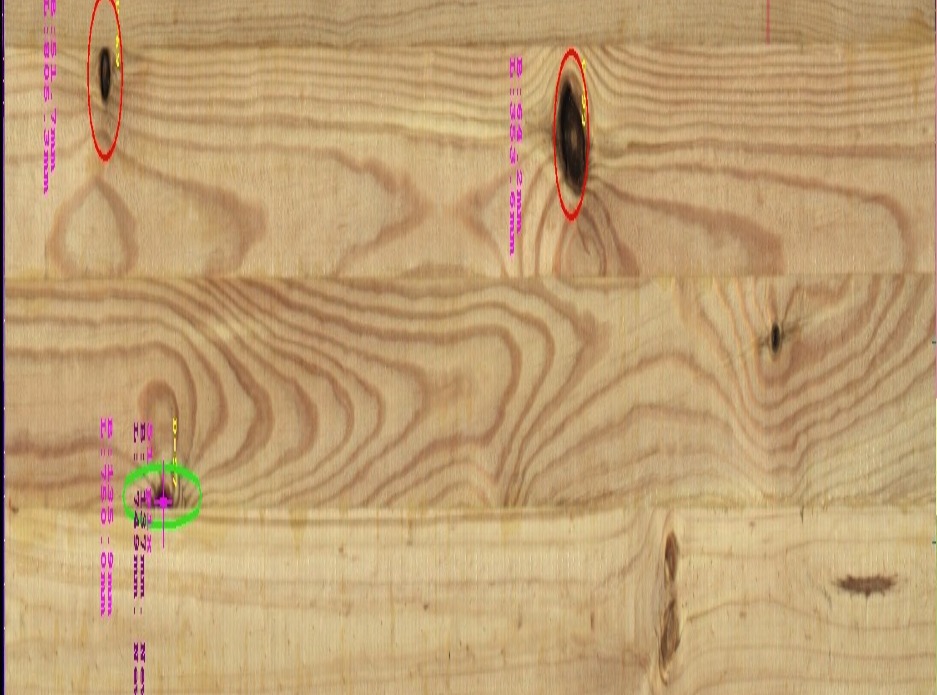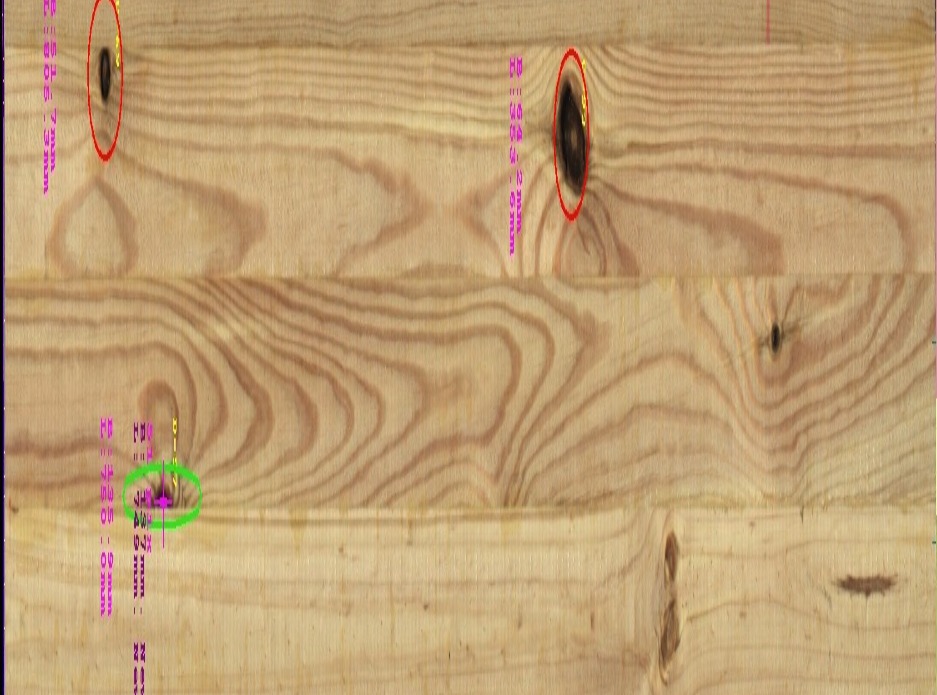Working in the wood industry, it's crucial to prioritize quality control to ensure the safety and reliability of your products. One effective way to do this is through the use of non-destructive testing (NDT).
But what exactly is NDT? Simply put, it's a method of evaluating the properties of a material, component, or system without causing any damage. This is in contrast to destructive testing, where the sample being tested is permanently altered or destroyed.
NDT methods in the wood industry
There are multiple different NDT methods available. Some common methods used for testing wood products include:
Ultrasonic: This method involves using high-frequency sound waves to detect defects within the wood. It is particularly useful for detecting internal defects or other imperfections that are not visible to the naked eye. The ultrasonic method is most frequently used to assess the quality of lumber and panel products.
Radiographic: This method involves using X-rays or gamma rays to produce an image of the internal structure of the wood. It can reveal hidden defects such as knots, cracks, or other imperfections. It is widely used for hardwood lumber grading.
Machine vision: This method involves using advanced imaging technology and algorithms to automatically inspect the wood for defects. Machine vision systems can quickly and accurately identify defects on the surface of the wood, improving the efficiency and accuracy of the inspection process.
The benefits of using NDT in the wood industry are numerous. You can perform inline quality control on a running production line, and by identifying problems early on in the production process, you can save time and money on repairs and replacements. NDT can also improve the safety and reliability of your products, leading to increased customer satisfaction and trust.

Case studies of NDT in the wood industry
Let's look at a couple of case studies to give you a better idea of how NDT can be applied in the wood industry.
Case study 1: A wood flooring company uses ultrasonic testing to detect hidden defects in its products. By using this method, they can identify and fix defects before the flooring is
installed, leading to a higher quality product and increased customer satisfaction.
Case study 2: A lumber mill uses radiographic testing to optimize its production process. By using this method, they are able to detect hidden defects in the logs before they are cut into lumber. This allows them to optimize the cutting up of the logs and leads to a higher quality end product, increased efficiency, and reduced waste.
Case study 3: A manufacturer of wooden boards uses advanced machine vision and machine learning algorithms to detect and classify knots and resin pockets and decide whether the board should be discarded, repaired, or if it passes quality control. This helps ensure a high quality of the product and also eliminates waste as no boards are discarded by mistake. At the same time, it increases the efficiency of the inspection process significantly, compared to manual inspection.
Higher quality and efficiency
In conclusion, non-destructive testing (NDT) is an important tool for maximizing quality control in the wood industry. By using NDT methods such as ultrasonic testing, radiographic testing, and advanced machine vision, wood manufacturers can quickly and accurately detect defects in their products, leading to a higher quality end product, time and money saved on repairs and replacements, as well as increased customer satisfaction.




%20Stor.jpeg)